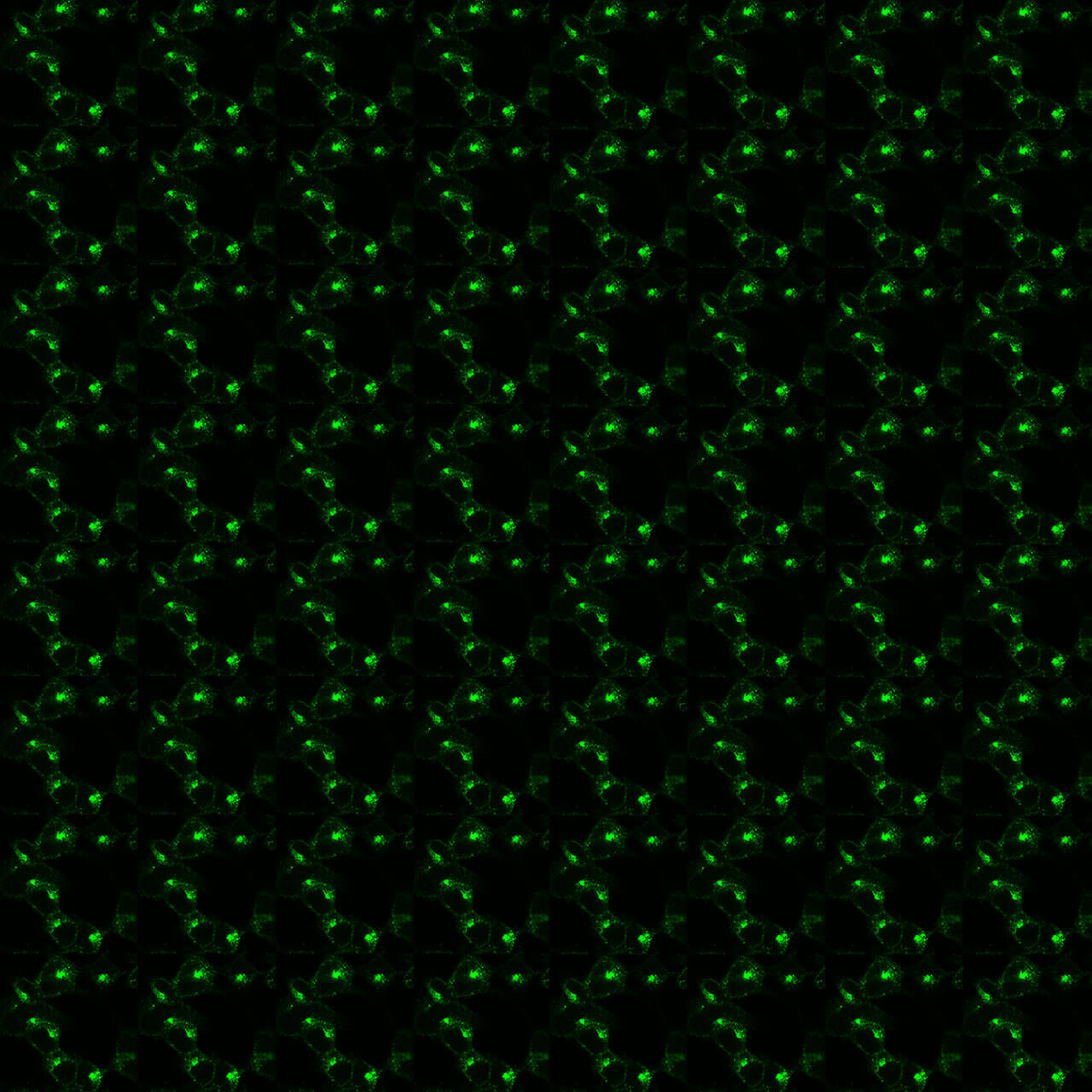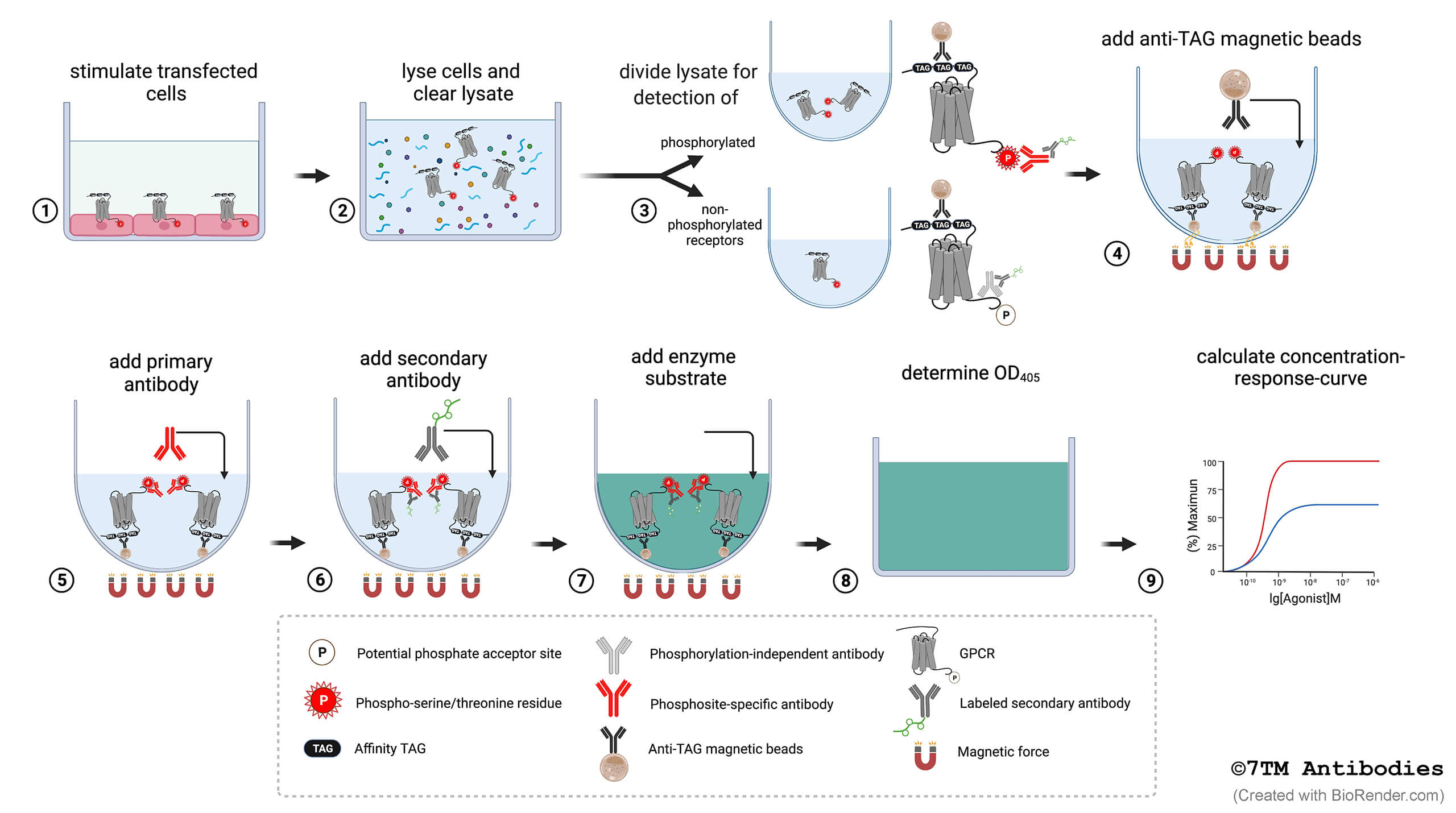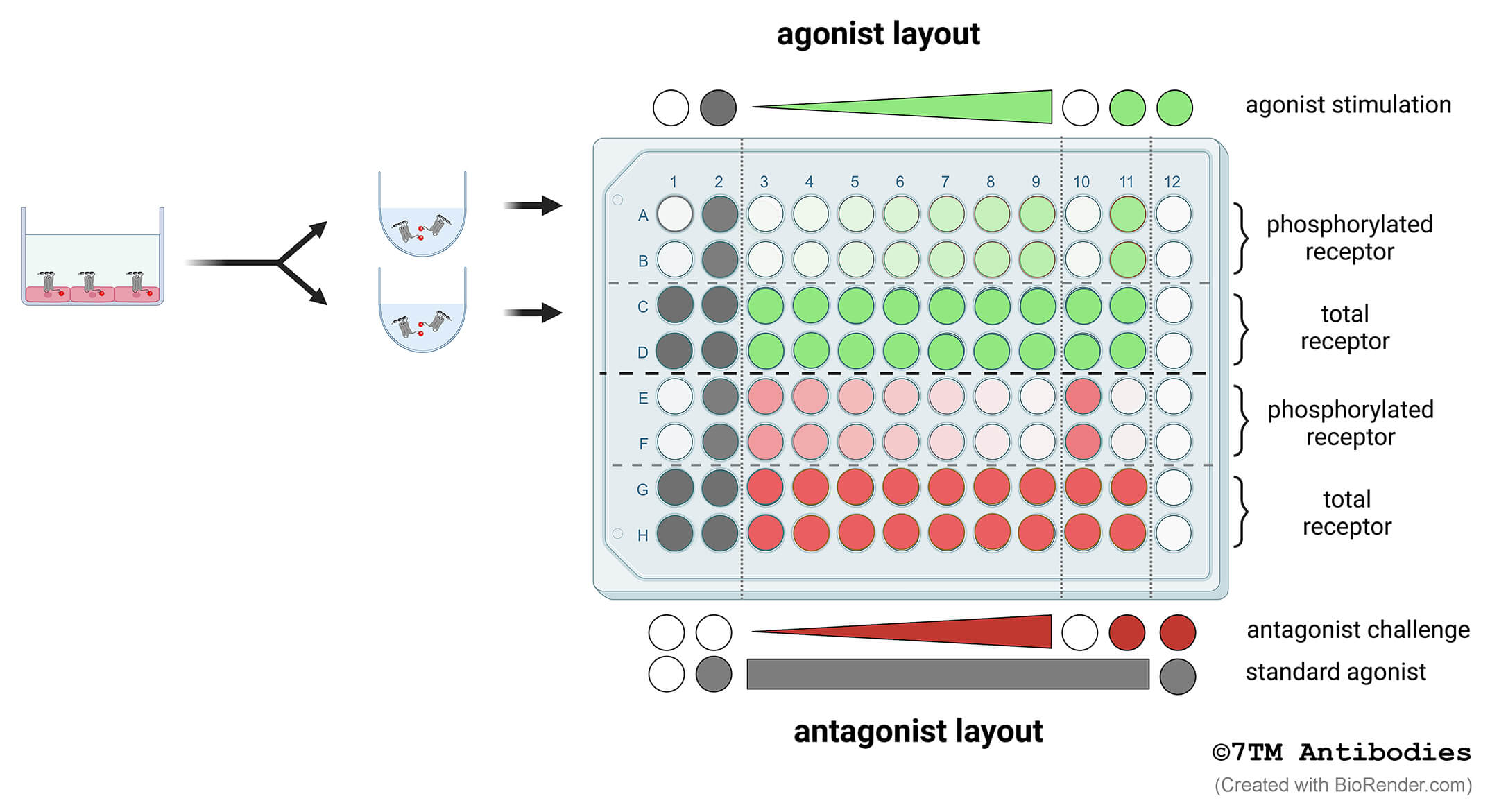No results were found for the filter!
30
NEW
 pS372/pS373-D1 Phosphorylation Assay Kit
pS372/pS373-D1 Phosphorylation Assay Kit The pS372/pS373-D1 Phosphorylation Assay Kit allows determination of D1 Phosphorylation in 96-well plates without the need for Western blot analysis.
$ 420.00 * $ 600.00 *
30
NEW
 pT444/pS447-PAC1 Phosphorylation Assay Kit
pT444/pS447-PAC1 Phosphorylation Assay Kit The pT444/pS447-PAC1 Phosphorylation Assay Kit allows determination of PAC1 Phosphorylation in 96-well plates without the need for Western blot analysis.
$ 420.00 * $ 600.00 *
30
NEW
 pS450/pS452-PAC1 Phosphorylation Assay Kit
pS450/pS452-PAC1 Phosphorylation Assay Kit The pS450/pS452-PAC1 Phosphorylation Assay Kit allows determination of PAC1 Phosphorylation in 96-well plates without the need for Western blot analysis.
$ 420.00 * $ 600.00 *
30
NEW
 pS351/pS354-NPY2 Phosphorylation Assay Kit
pS351/pS354-NPY2 Phosphorylation Assay Kit The pS351/pS354-NPY2 Phosphorylation Assay Kit allows determination of NPY2 Phosphorylation in 96-well plates without the need for Western blot analysis.
$ 420.00 * $ 600.00 *
30
NEW
 pS354/pT356-NPY2 Phosphorylation Assay Kit
pS354/pT356-NPY2 Phosphorylation Assay Kit The pS354/pT356-NPY2 Phosphorylation Assay Kit allows determination of NPY2 Phosphorylation in 96-well plates without the need for Western blot analysis.
$ 420.00 * $ 600.00 *
30
NEW
 pS369/pS374-NPY2 Phosphorylation Assay Kit
pS369/pS374-NPY2 Phosphorylation Assay Kit The pS359/pS364-NPY2 Phosphorylation Assay Kit allows determination of NPY2 Phosphorylation in 96-well plates without the need for Western blot analysis.
$ 420.00 * $ 600.00 *
30
NEW
 pS360-TRH1 Phosphorylation Assay Kit
pS360-TRH1 Phosphorylation Assay Kit The pS360-TRH1 Phosphorylation Assay Kit allows determination of TRH1 Phosphorylation in 96-well plates without the need for Western blot analysis.
$ 420.00 * $ 600.00 *
30
NEW
 pS364/pT365-TRH1 Phosphorylation Assay Kit
pS364/pT365-TRH1 Phosphorylation Assay Kit The pS364/pT365-TRH1 Phosphorylation Assay Kit allows determination of TRH1 Phosphorylation in 96-well plates without the need for Western blot analysis.
$ 420.00 * $ 600.00 *
Recently viewed



